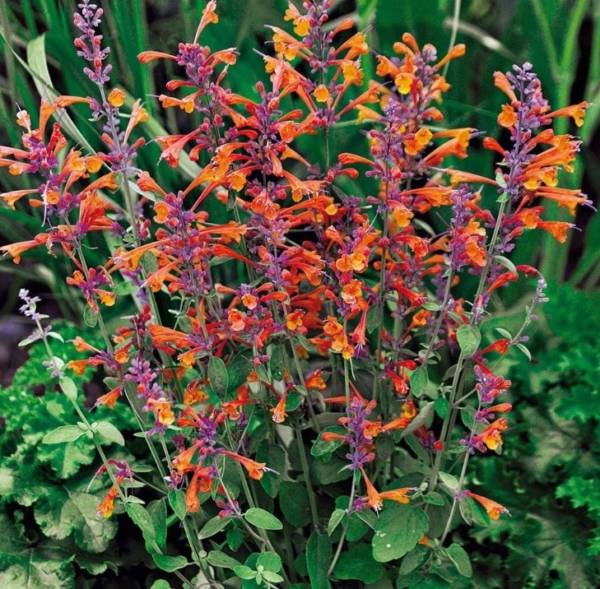


Like other plants in the Borage family, it has mucilaginous stalks that are “fuzzy” and fused bell or star-like petals. Growing up to 3 feet tall and 2-3 feet wide, you’ll notice comfrey on the side of the road, in meadows or growing in your garden. I don’t know about what you have seen growing, but I have only come across the purple flowered plant. Symphytum officinale has yellow flowers, whereas the Russian Comfrey, S. Identification: What we refer to as “Official Comfrey” is different than Russian Comfrey. Run over Comfrey with your lawn mower and watch how the plant responds to disturbance and spreads across your landscape. A lot of folks consider comfrey a weed for its rapid and widespread growth patterns. Like its cousin Borage, you will find that comfrey can be quite unruly. It was brought to the United States, or North America as a cultivated garden plant. You can specifically find it growing in the wild in ditches or damp places. Parts Used: Leaves, Stalks, Flowers and RootĪctions: Tonic, Demulcent, Expectorant, Vulnerary, Astringent (Systems affected: Lungs, Stomach, Kidneys, Bone and Muscles) Plant Family: Boraginaceae, Borage Family Common Names: Knitbone, Russian Comfrey, Boneset, Healing Herb, Slippery Rootīotanical Name: Symphytum officinale, S.


 0 kommentar(er)
0 kommentar(er)
